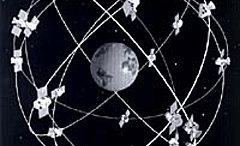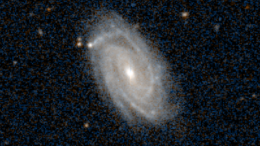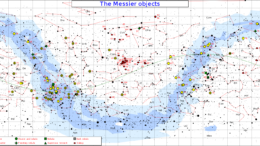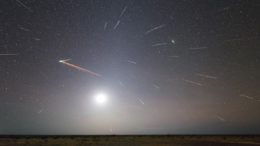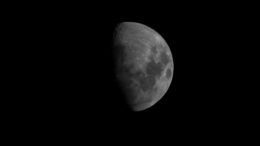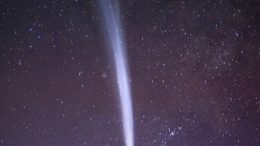Satellite Navigation Systems
Satellite navigation systems, sometimes abbreviated as satnav, are systems that utilize satellites to provide autonomous geo-spatial positioning. To do this, these systems allow small electronic receivers to determine their location to high precision using time signals transmitted along a line of sight by radio from satellites….
